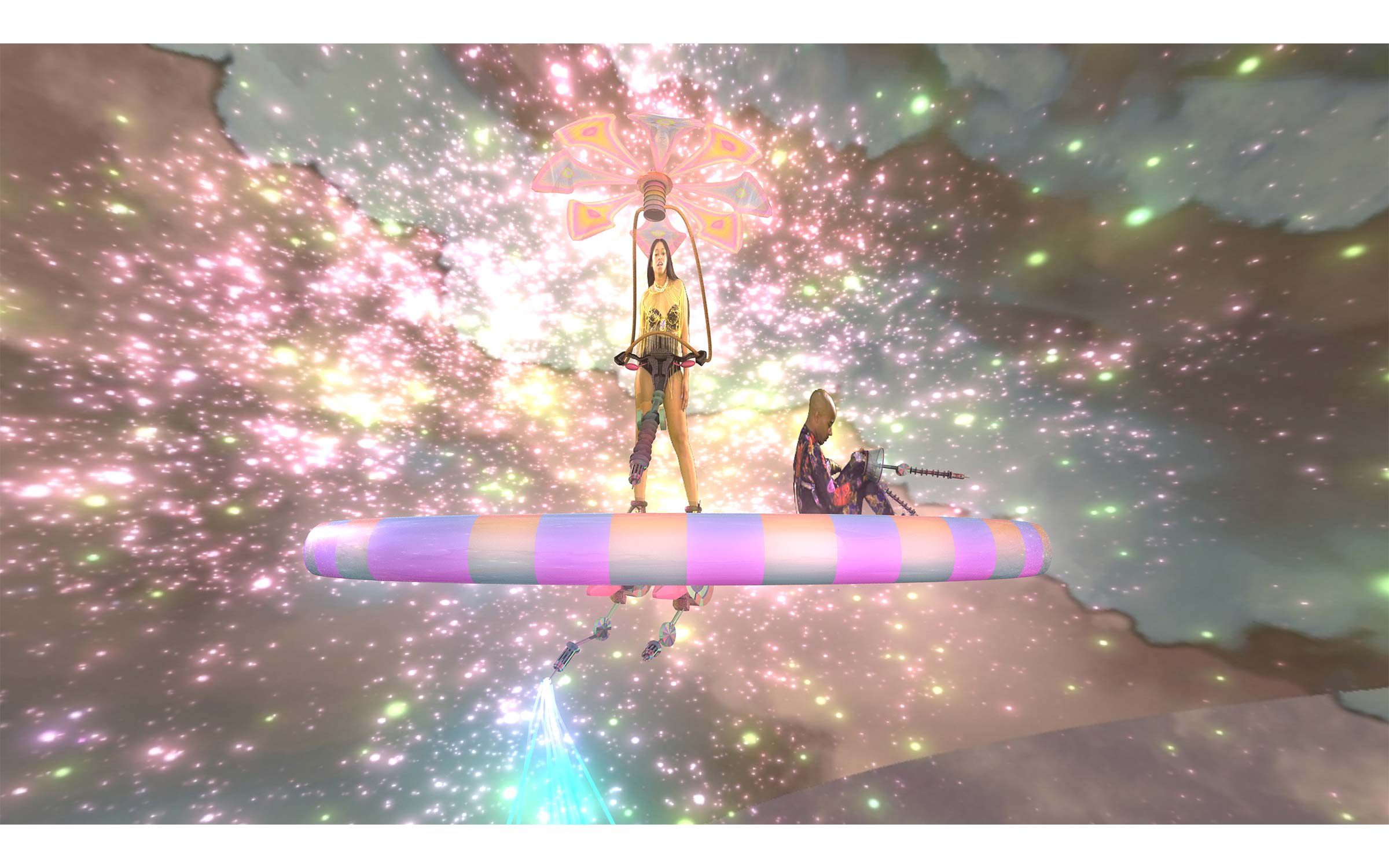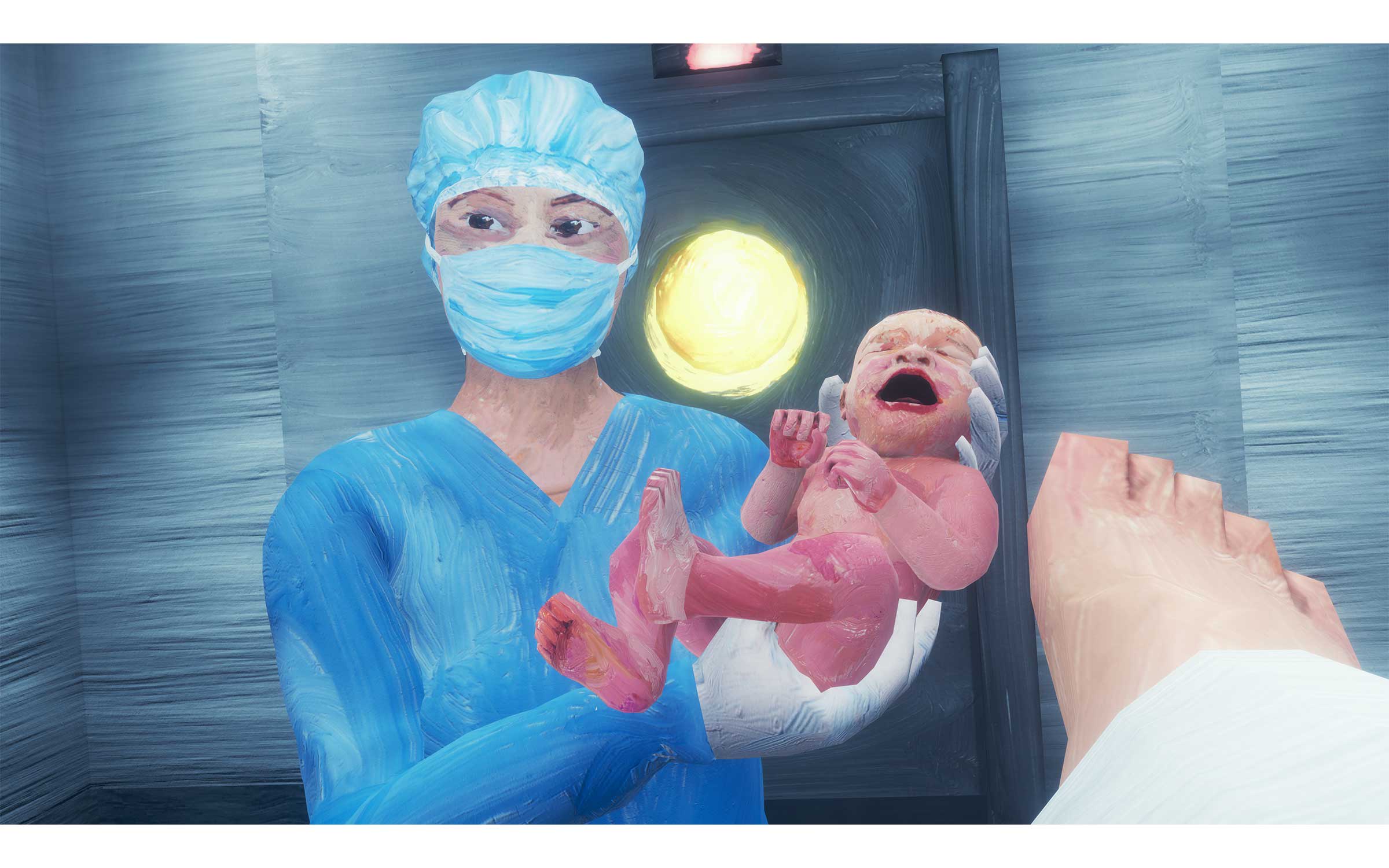Last summer, Daniel Birnbaum, the long-time director of Stockholm’s Moderna Museet, announced he was stepping down to begin what he called ‘a journey into the future.’ He was joining Acute Art, a company that enables artists to make virtual reality (VR) art. The move came as a surprise, both because the notion of curating a VR company was new, and because it heavily emphasized VR as the frontrunner of novel technological tools worth investing in.
So far, Acute Art has produced works by artists including Olafur Eliasson and Marina Abramovic, but while celebrity is not a selection criterion for the artists it works with, it wouldn’t be a gross generalization to say that big-name artists are often the first to gain access to new – and expensive – tools. This begs the question: How can emerging technologies like VR be made accessible to artists and institutions that don’t have technical teams or massive budgets? Moreover, why is VR such an alluring new medium?
In a discussion I moderated at 2018 Art Basel Miami Beach about the use of VR in contemporary art, the participants – Jacolby Satterwhite, Masha Faurschou, and François Quintin – addressed some of the reasons artists work with VR. For one, because it can contain visual, spatial, sonic, and haptic components, VR offers a degree of sensory immersion and a potential for interaction beyond any other presently available medium. Satterwhite, a New York-based artist, said he was surprised by how attentive audiences were to the minute details of his VR work: ‘The nuance is picked up in a much more immediate way than it is in films and video pieces that are made for the monitor. Every time someone takes the headset off, they pick out how I dealt with depth of field or shadow or texture mapping. These are dorky technical things that I find to be painterly and beautiful and worth observing.’

Satterwhite began making VR works on his own, sidestepping the prescribed routes for gaining access. As part of his Statements booth at Art Basel last year, he showed a VR film called Domestika, which placed the viewer in a sort of post-industrial rave in outer space. Objects from the virtual environment also appeared as 3D-printed items in the booth, creating a narrative continuity between the physical and virtual worlds.
Other artists, however, might not engage with the medium unless prompted and offered direct support. Khora Contemporary, the VR art production company where Faurschou is a partner, has so far invited Yu Hong, Paul McCarthy, and Tony Oursler, among others, to produce projects with its team in Copenhagen. Farschou remarked that, far from feeling uncomfortable about integrating a foreign medium into a practice that may not be tech-focused, artists usually say, ‘Hell, yes! I have an idea that I’ve been thinking about but I just don’t know where to start.’
That question of where to start is also one Quintin faces as director of Lafayette Anticipations, which opened in Paris last March. The space is described as a laboratory and production catalyst – a support structure for artistic experiments that often take the form of extensive technical collaborations. Quintin spoke about how institutional frameworks are changing in response to possibilities such as VR. For instance, given that the way a VR work is made and distributed has to be considered from its inception, the collaboration often becomes longitudinal, with much contingency planning and the inclusion of expertise from different fields. Will the same hardware and software be available in 10 or 20 years’ time? If the hardware becomes more accessible, could the same work be experienced in many contexts, including extra-institutional ones? How can audiences be successfully introduced to new media?
Such forward-thinking structures seem compatible with the ‘journey into the future’ that Birnbaum claimed his professional venture into VR would be. And yet the speakers also pointed out how the supposedly unique qualities of VR are not really so new. Faurschou mentioned the famous Lumière Effect, named after a story in which spectators at a late-nineteenth-century Lumière brothers’ film supposedly stormed out of the theater in terror of a train that appeared to be rushing toward them on the screen. In historical context, immersivity and verisimilitude (the ability for a medium to mimic real experience) present a constantly moving threshold. Audiences will continue to adapt and curatorial models will continue to change.
While the impression during our conversation was that artists and institutions are relatively open to, and excited about, experiments in VR, Faurschou and Quintin mentioned one point of resistance: the art market. Dealers and collectors are dubious about the ability for the artworks to be sold. Yet, as all speakers noted, this is a historical constant: buyers had been just as uncertain about the salability of video, and film and photography before that.
As the discussion came to a close, I wondered whether obsessing about the futurity of a medium not only makes it less palatable for the market, but also overshadows important art-historical comparisons. Perhaps, rather than justifying the use of VR due to its novelty in tech-centric modes of presentation, it would also benefit from curatorial juxtaposition with works from a wide variety of media. Satterwhite highlighted his own indiscriminate use of new and old media, describing his approach as one of ‘universality’. ‘I use the same variables in six different ways,’ he said. ‘Every project I do can be composite into a different [media] format.’ The visual vocabulary and emotive content are where his work begins, and they are what drive it, not an urge to simply employ the newest of the new.

Wilk was in conversation with Jacolby Satterwhite, Masha Faurschou, and François Quintin during Art Basel Miami Beach’s 2018 Conversation ‘VR, Celebrity, and Innovation’. You can watch the full talk here.
Top image: Paul McCarthy, C.S.S.C. Coach Stage Stage Coach VR experiment Mary and Eve (detail), 2017. © Paul McCarthy and Khora Contemporary. Courtesy of the artist, Hauser & Wirth, Xavier Hufkens, and Khora Contemporary.

